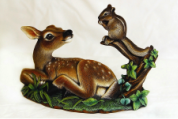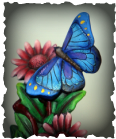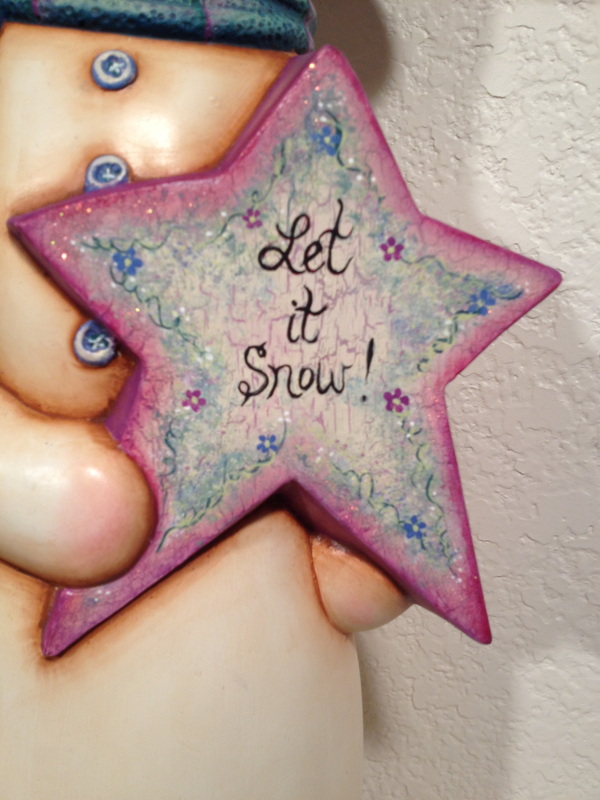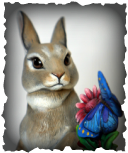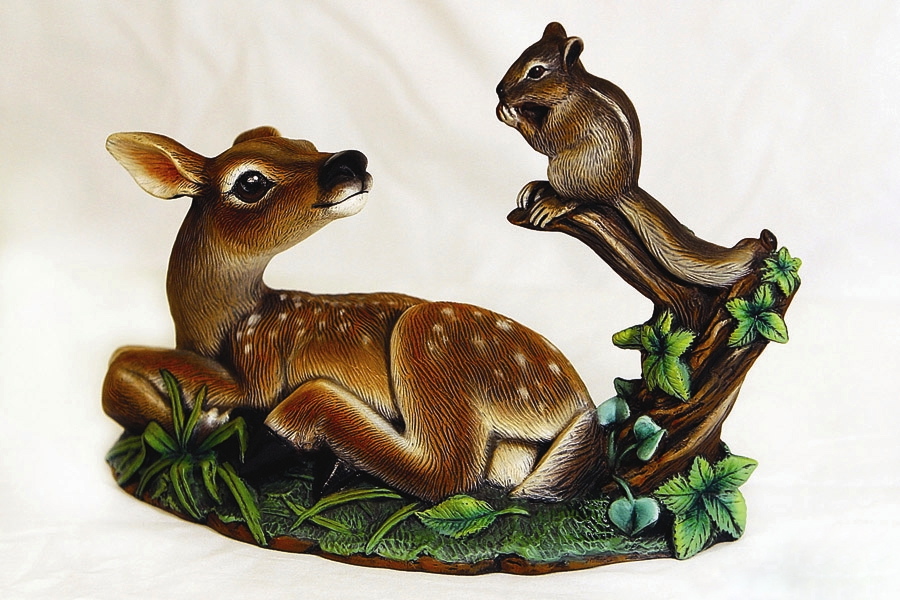|
These two techniques share the same concept, however the methods and results are very different and this can be confusing.
The Concept behind both is this: Typically, a lighter shade is applied over a darker shade in a way that maneuvers the brush over the crevices allowing the darker shade to show through partially or completely which accentuates the detail and provides contrast & depth. If you have been using one technique for a long time, it can often be difficult to successfully master the other because habit and muscle memory can take over, which leaves us trying to mix the two methods and therefore gives us poor results. This frustration can often cause us to stop attempting to learn or make us doubt that the technique even works at all. I can assure you, both techniques work when done correctly. Even though I am a firm believer in Wet Brushing the majority of the time, and I'll tell you why below, I still believe that there are certain situations that are appropriate for dry brushing and it's good to know how to do both. Keep in mind as I attempt to explain the differences and benefits below, I am speaking from my own painting and teaching experience in my area of the world. You may have been taught differently or exposed to a different method by the same name, but below I will share a brief summary here of the techniques as I use them. I will be explaining the methods using Non Fired Acrylic Paints, though they can both be used with other products. Dry Brushing is done with dry stiff bristle brush, pouncing out as much color as possible on scratch paper, then applying to the piece by brushing against the grain in a swiping and or rubbing motion. The paint is applied to the raised texture and stays out of the crevice detail. You repeat the process several times building even fuzzy layer after layer until the desired coverage is achieved. You don't want to dip your brush in water. If you want to use a clean color, you usually use a clean dry brush, or you have to clean your brush and dry it repeatedly against a towel to remove moisture. "Moisture is not your friend". Wet Brushing is done with damp soft taklon brush, loaded with water and paint, the brush is swiped against a scratch paper to work the color into the brush, and blotted on a paper towel to remove excess moisture. It is then applied to the piece by swiping the brush against grain, keeping the paint on the raised textured and out of the crevice detail. You load your brush often, "Moisture is your friend" (brush needs to stay moist, not dripping). The desired coverage is achieved almost immediately in one layer. You can clean your brush as often as needed and use immediately, no need to dry. These are very brief summaries and are not intended to be "how to instructions" but just to show you the basic difference. In Summary, the difference Dry Brushing is done with dry stiff bristle brush applied in layers, vs. Wet Brushing is done with wet soft bristle brush applied in single layer. (I will be posting a How to Dry Brush and How to Wet Brush in the near future and I will share with you the specific method for each technique that works successfully for me. I will also be sharing the pros and cons and how to know when to use which technique) To be continued... Part 2: Pros & Cons, which works best for what? Part 3: How to Dry Brush Part 4: How to Wet Brush Will be posted soon. Happy Painting! Shelley |
Shelley Long
Ceramic Artist & Teacher 
_I will share various tips for painting on this page, I hope you enjoy
them! Please feel free to ask questions or comment, it's always nice to
hear from other painters and I am happy to help any way I can! I will be adding various technique packages to the online store and when I
do I will post an update here to let you know a technique has been
added. Check back soon tips !
God Bless & Happy Painting! Shelley Receive Updates
program for scheduling - by BookFresh Categories
All
Archives
March 2016
Back to
|
